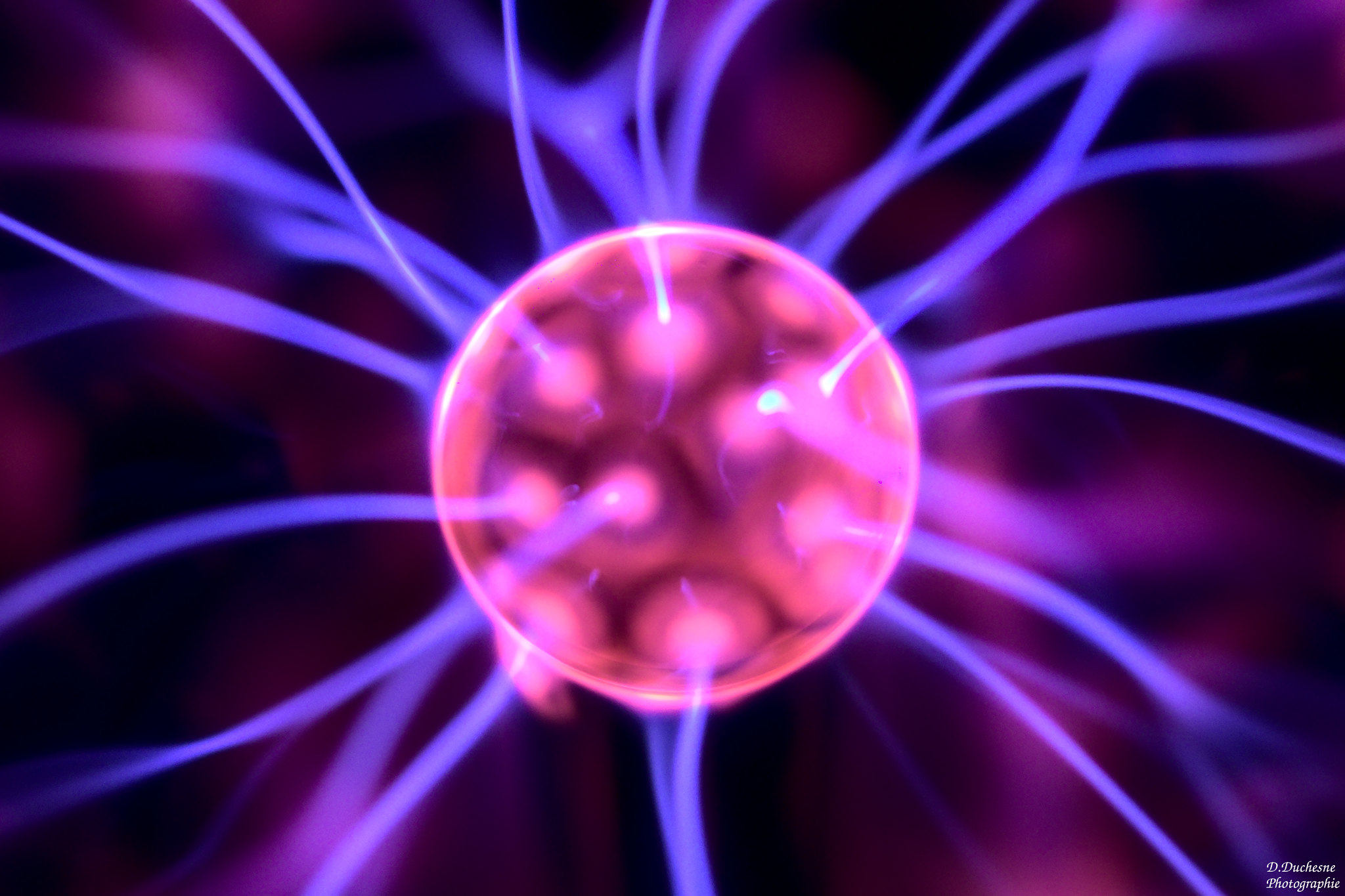
An electron is a negatively charged subatomic particle that may be free (not attached to any other particle) or bound to the nucleus of an atom.
The energy levels of electrons in atoms are represented by spherical shells of various radii, with the more significant the spherical shell, the higher the energy level.
How are electrons created?
Electrons are created when light shines on certain materials, such as metals. This is called the photoelectric effect. The energy from the light knocks electrons loose from the metal atoms, and they become free to move around.
Sunlights hits an electron
When sunlight shines on an atom, it can cause an electron to move from one energy level to another. The energy of the light must be just right for this to happen.
If the light is too low in energy, the electron will not be able to move; if the light is too high in energy, the electron will simply be ejected from the atom entirely.
When an electron moves from a lower energy level to a higher energy level, it gains energy. When an electron falls back down to a lower energy level, it releases that energy in the form of light.
This is why we see things when they are illuminated by sunlight – the electrons in the atoms of the things we see are absorbing the sun’s photons and then releasing their own photons, which bounce into our eyes.
The color of light that an electron emits when it falls back down to a lower energy level depends on how much energy it has absorbed.
An electron that absorbs a lot of energy will fall back down to a lower energy level very quickly and release its energy in a high-energy photon, which we see as blue light.
An electron that absorbs only a little bit of energy will take longer to fall back down, and will release its energy in the form of a low-energy photon, which we see as red light.
This is why objects appear in different colors when illuminated by sunlight – the color of light that an object emits when it is illuminated depends on how much energy its electrons have absorbed.
Do electrons respond to light?
Yes, electrons respond to light. When an electron absorbs a photon of light, it gains energy and moves to a higher energy level. When an electron releases that energy, it emits a photon of light.
The color of the emitted photon depends on how much energy the electron has released. Red light has the least energy, while blue light has the most.
How is light produced by electrons?
Light is produced by electrons when they move from a higher energy level to a lower one and release their excess energy in the form of photons. The color of the light depends on how much energy the electron has released. Red light has the least energy, while blue light has the most.
What is released when an electron loses energy?
When an electron loses energy, it emits a photon of light. The color of the emitted photon depends on how much energy the electron has lost. Red light has the least energy, while blue light has the most.
What happens when an electron gains or loses energy?
When an electron gains energy, it moves to a higher energy level. When an electron loses energy, it falls back down to a lower energy level.
The amount of energy that an electron gains or loses depend on the frequency of the light that it absorbs or emits. High-frequency light has more energy than low-frequency light.
- Related post: What happens if a particle goes faster than light?
- Related post: What Would Happen If Asteroid Apophis Hit Earth?
What is the photoelectric effect?
The photoelectric effect is the name for what happens when light shines on certain materials, such as metals.
The energy from the light knocks electrons loose from the metal atoms, and they become free to move around. The photoelectric effect is responsible for many things, including the way that solar panels generate electricity.
Sunlight shines on the panels, and the energy from the light knocks electrons loose from the atoms of the silicon in the panels.
Those electrons flow out of the panel and can be used to generate electricity.
Conclusion
The photoelectric effect is the name for what happens when light shines on certain materials, such as metals. The energy from the light knocks electrons loose from the metal atoms, and they become free to move around.
The photoelectric effect is responsible for many things, including the way that solar panels generate electricity. Sunlight shines on the panels, and the energy from the light knocks electrons loose from the atoms of the silicon in the panels.
Those electrons flow out of the panel and can be used to generate electricity.



